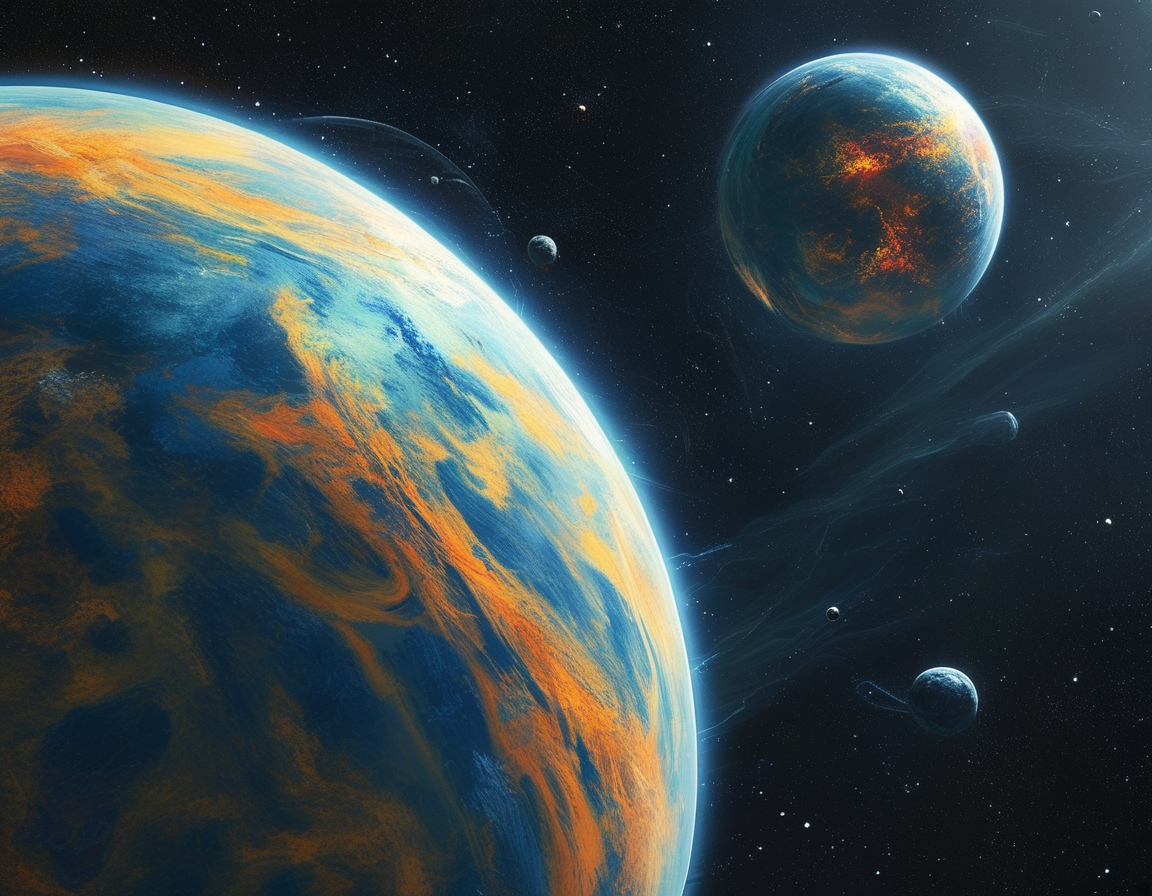
The quest for life beyond Earth continues to intrigue humanity. As we scan the skies, K2-18b emerges as a beacon of hope. Could this planet, 120 light-years from our own, hold the key to extraterrestrial existence?
In recent research, scientists claim they see a possible sign of life on K2-18b. This massive exoplanet orbits a star far from our solar system. Its atmosphere shows signs of dimethyl sulfide, a compound on Earth linked only to living organisms. Does this mean there is life lurking in its oceans?
Dr. Nikku Madhusudhan from the University of Cambridge leads this groundbreaking study. He emphasizes caution, however. “It is in no one’s interest to claim prematurely that we have detected life,” he said. His words resonate with many skeptical scientists who urge further study before jumping to conclusions.
K2-18b, first spotted in 2015, is classified as a sub-Neptune planet. It is larger than Earth but smaller than gas giants like Neptune. Initially thought lifeless, new findings change how we view this distant world. But what exactly does this mean for us?
The data analyzed from the James Webb Space Telescope is revealing. As light filters through K2-18b’s atmosphere, scientists see hints of potentially life-sustaining chemicals. Dimethyl sulfide, primarily produced by marine algae which fills our oceans with its scent, has been detected in high quantities in K2-18b’s atmosphere.
Many feel a sense of excitement at this discovery. “This is a revolutionary moment. We may have seen potential biosignatures on a habitable planet,” Dr. Madhusudhan remarked. But is a small molecule enough to indicate life? Others urge a more cautious exploration of the evidence.
Stephen Schmidt, a planetary scientist, remarks, “It’s a hint. But we cannot conclude it’s habitable yet.” The dialogue reflects a scientific process that values skepticism. We must ask: how do we define life? What constitutes a habitable environment?
K2-18b again propels us into a world without clear answers. If proven habitable, it suggests possibilities that stretch human imagination. Could there be intelligent life? Or perhaps ecosystems as complex as our own?
Yet, reality thrives in the shadows of science. Experts insist we tread carefully. Could K2-18b’s atmosphere be a hot, rock-laden environment instead? What if the intriguing signals emanate from something wholly different? It is crucial to remain focused on verifying these findings.
NASA’s exploration efforts may also face challenges. Reports indicate that funding for astrobiology research might take a hit. The impact of financial cuts could stall the hunt for life beyond Earth. A generational delay in space exploration may follow.
As we follow this unfolding story, what future awaits K2-18b? Is it a life-filled oasis or a barren rock? As thrilling as the prospects seem, the final answers will take time.
Leave a Comment